tomclark
Bronze Member
- Joined
- Dec 18, 2006
- Messages
- 1,177
- Reaction score
- 1,641
- Golden Thread
- 0
- Location
- Tampa Bay, FL
- Detector(s) used
- ShadowX2, TEJON, Eyes, Pony Shovel
- Primary Interest:
- Other
Upvote
0

no one said you were ignorant.thinking oysters in a halfshell at a bar are the same as artifacts is pretty ignornant.i never claimed to know much but i know that.see i dont know much becouse i thought KRF was from north dakota.spell check is for people who give a chit.i dont care if i dont know how to spell.i'm not here to impress anyone. almighty oz has spoken,lolnewnan man said:i can tell you dont know much about indian artifacts.shells with holes are everwhere but not all are artifacts.soft material?oystershell is pretty dang hard.i have shells that are a million years old.my stones beads flint artifacts and shell artifacts are awesome thank you.they had to use shells as tools where i'm from becouse there is no natural flint for at least 20-30 miles.
Oh Almighty Oz of the Artifact world please forgive my ignorance! Actually I'm not as dumb as you think, I just like busting Tom because he is "The Shellman". He also has a super collection of other artifacts. He too has a great sense of humor. I just find shell tools boring but respect others opinions.
As far as being 20-30 miles from the nearest source of chert/flint it is well known that Native Americans traveled and traded far and wide for the desired stone they used. I'm sure in your area that shell artifacts were the no.1 source of tools because of their abundance. Rest assured those same people had stone and used it up to a nub before discarding it. I have an artifact found in Ross Co. Ohio made of Knife river Flint from S. Dakota. As you know many exotic materials used by prehistoric cultures were found literally thousands of miles from their source.
To be sure they used mostly local stuff but could and did receive materials from far and wide. Just some thoughts from an ignoramus! P.S. Use spell check next time!;
 .anyone can use spell check it dont make you smarter.
.anyone can use spell check it dont make you smarter.










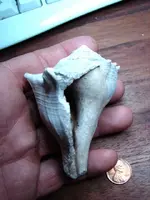
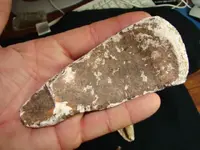
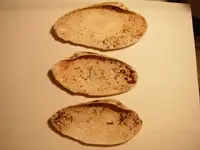
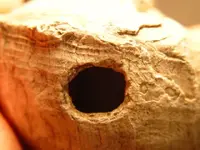
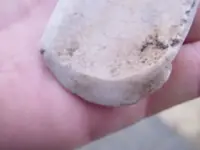

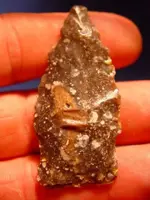
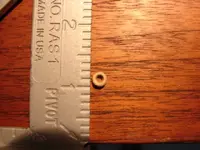
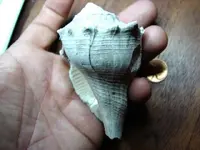
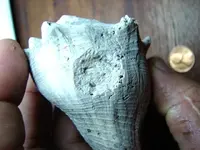

 Thanks HB
Thanks HB